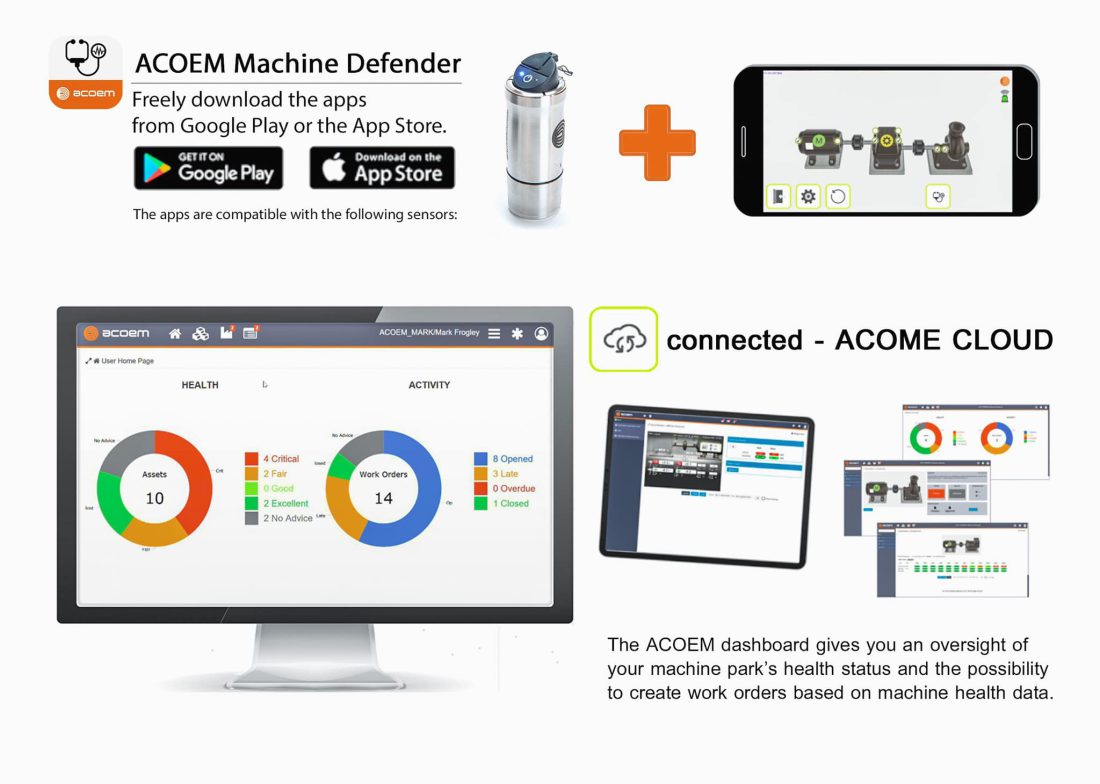How to set alignment easily within 5 minutes.
Shaft Aligntment AT- 400
First of all, you need to understand what Alignment is?
The importance of shaft alignment is an important step in the maintenance of rotating machinery. This involves precisely aligning the machine shafts so they are parallel and aligned. Improper shaft alignment can lead to a variety of problems, such as vibration problems. , wear of ball bearings and damage affecting machinery
Effects of Shaft Alignment on shaft alignment Poor quality will have serious effects on the machine, including:
- Increased Vibration: Improper shaft alignment will cause excessive vibration. This may result in damage to the machine and surrounding components.
- Bearing wear: Improper shaft alignment increases forces on the bearings. This leads to increased wear and reduced service life.
- Machine failure: Improper shaft alignment can cause machine failure. This is due to excessive vibration and wear of the bearings.
- Increased power consumption: Improper shaft alignment increases friction. This leads to increased energy consumption.
Pre-Alignment or checking the readiness of the machine before aligning the shaft. That is extremely useful. To help you prevent mistakes From limitations in shaft alignment work, which are often neglected. until causing losses that should not have occurred
Setting up an Alingment is easy in 5 minutes.
Pre alignment - what is it?
What is Alignment? Why is it important? And what are the reasons that maintenance teams should do? Before setting the shaft alignment
Pre-Alignment or Checking machine readiness before shaft alignment That is extremely useful. To help you prevent mistakes From limitations in shaft alignment work, which are mostly neglected Until causing losses that should not have occurred, including:
How important is Pre Alignment?
Check the readiness of the machine before adjusting the shaft alignment. That is extremely useful. To help you prevent mistakes From the limitations in Shaft alignment work as follows:
• Runout of the shaft or swing shaft Run Out
• Bent shaft
• Bearing clearance value. clearance
• Motor leg condition is not at Soft foot level.
What is shaft alignment?
Shaft alignment The theory is to make the center of rotation (Center of Rotation) of the drive shaft. and the driven shaft Stay in the same position as the shaft rotates. The shaft alignment is done while the machine is stationary. To obtain an acceptable misalignment value of the machine.
From the past until the present There are several methods for aligning shafts. From how to use a ruler and feeler gauge which has little accuracy It also requires a very high level of operator experience. Another method is to use a dial gauge, which has more precision. But it is necessary to practice using it until you are proficient first. And also often encounter problems with the Bar Sag leaning down or stiffness of various parts. often Therefore causing the reading value to be distorted from the original. which at present Using a laser shaft alignment tool is another method. with high precision Easy to use and much faster than a dial gauge
Another important part of shaft alignment is
Checking soft foot values, understanding shims, machine expansion caused by heat. and many others You can follow us at Fanpage: FAADTECH.

SoftCheck™
Easily check the presence of soft feet with the SoftCheck™ feature for reliable alignment.
Softfoot: is the condition of all 4 sides of the machine not being at the same level, caused by legs or stands that are damaged or worn out with use. You can easily learn more from the VDO clip.
After alignment, why does the machine still vibrate?
What is a Shim plate?
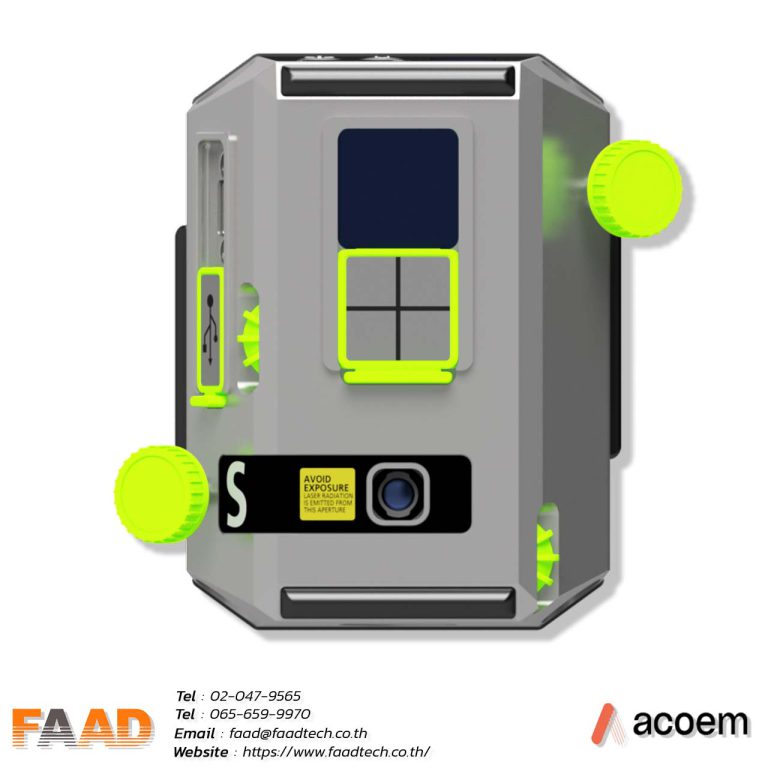
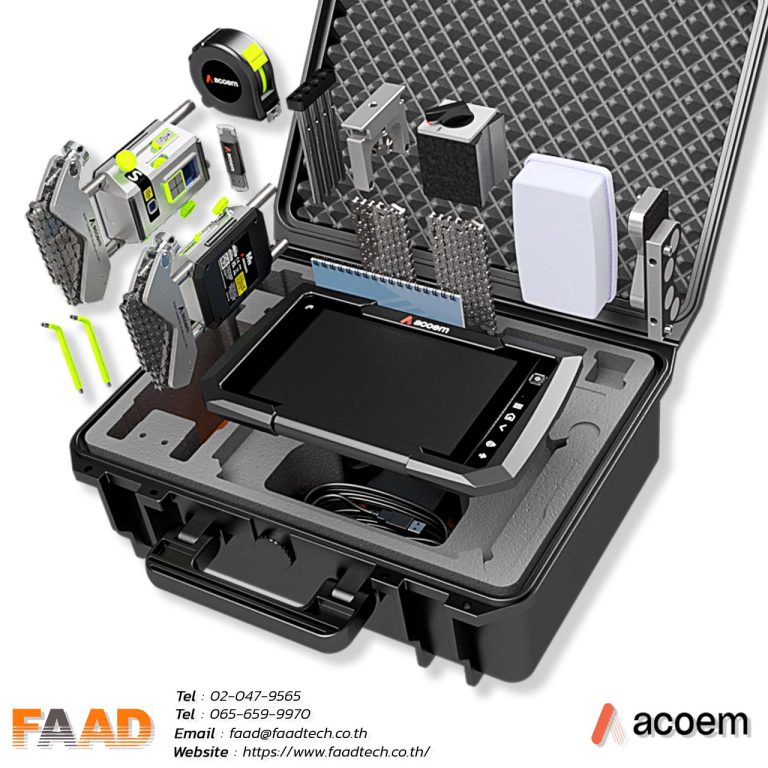
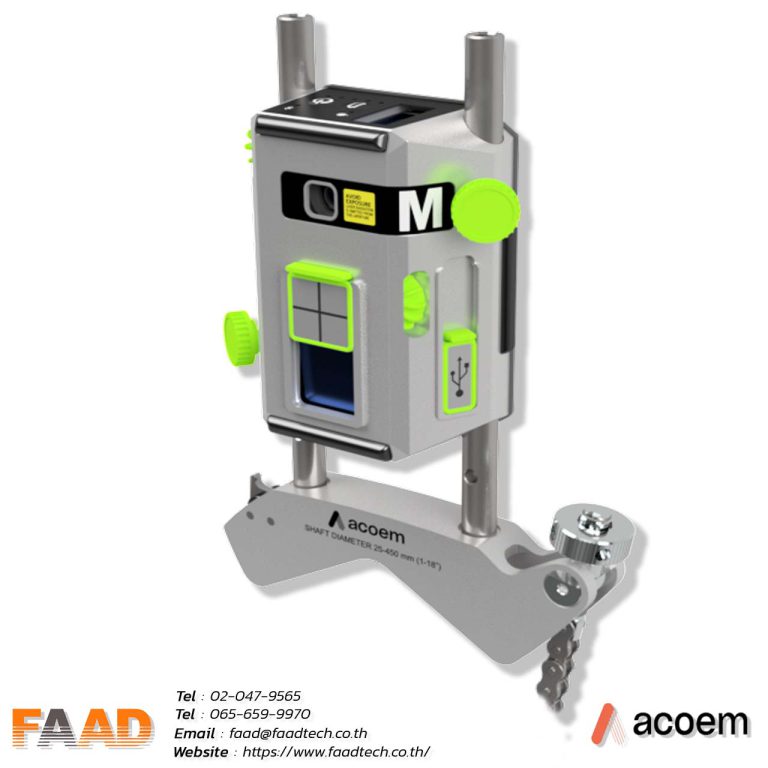
ACOEM : Laser shaft alignment AT400
Laser shaft alignment AT400
Innovative 2-axis shaft alignment tool that will create a new standard of precision and efficiency For various shaft alignment applications
- Increase power and enhance standards Productivity and efficiency with advanced sensors and precise 2-axis measurement deliver accurate results.
- Intuitive interface that is easy for ordinary users to understand. Increase the experience for users more satisfied
- Introducing the thinnest 2-axis sensor on the market, weighing 306 grams with a measuring range of 20 meters, revolutionizing high-precision applications.
The large sensing boost sensor measures 20×20 mm and has a high resolution of 0.001 mm, making it suitable for precise position sensing and various measurement applications.



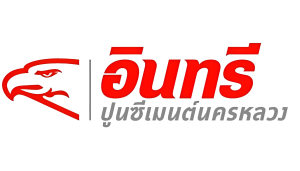
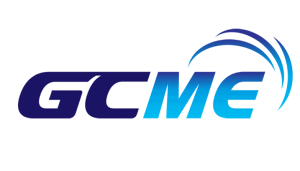
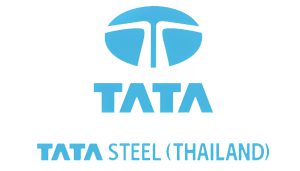



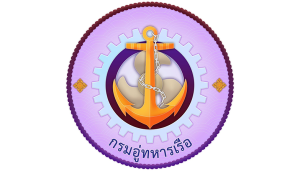

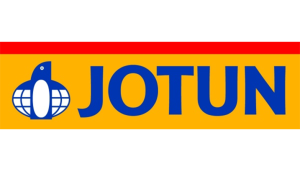

Read Our Latest News
News & Articles
- By Admin Faadtech
- Comments are off for this post.
- By Admin Faadtech
- Comments are off for this post.





















